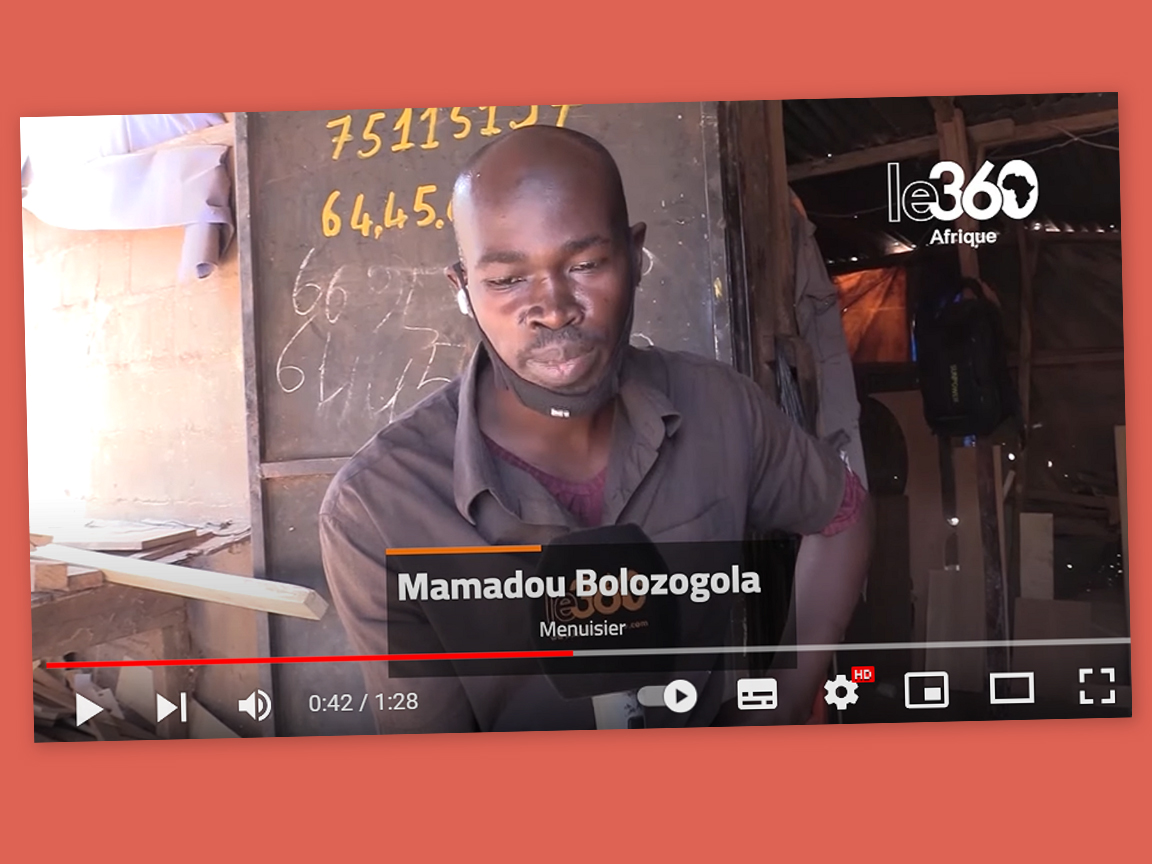
Sahel heatwave blamed for some 100 excess deaths in Mali ‘would not have occurred without climate change’ – Study

By the Climate Centre
The extreme heatwave that hit the Sahel region in late March and early April and may have caused scores of deaths would not have occurred without climate change, World Weather Attribution scientists said today.
The city of Kayes, in western Mali, recorded 48.5°C on 3 April, and extreme temperatures were also reported in (alphabetically) Burkina Faso, Chad, Guinea, Niger, Nigeria and Senegal, often reaching 45°C and coinciding with power cuts that aggravated the situation. Temperatures were as much as 1.5°C hotter than normal on average.
Professor Diango Djibo, from the intensive care unit of Bamako’s Gabriel Touré hospital, told local television that its records showed 102 people died in the unit in the first four days of April this year, compared to 130 deaths in the whole April 2023; the majority were over 60.
“Heatwaves are arguably the deadliest type of extreme weather event, and … the death toll is often under-reported and not known until months after the event,” the WWA team add.
The team continued that the heatwave coinciding with Ramadan and power cuts “compounded the risk for vulnerable groups and even those not traditionally considered vulnerable.”
‘This additional heat would have been the difference between life and death
for many people’
Observations and models both show that the heatwave would have been impossible without the 1.2°C of global warming to date.
The current El Niño accounted for only about 0.2°C of the heat, the scientists found, while urbanization and loss of green spaces in cities such as Bamako and Ouagadougou increased the urban heat-island effect.
Burkina Faso-based Climate Centre scientist Kiswendsida Guigma told BBC News today: “For some, a heatwave being 1.4°C or 1.5°C hotter because of climate change might not sound like a big increase.
“But this additional heat would have been the difference between life and death for many people.”
An earlier WWA analysis of mid-February heat in a different but slightly overlapping area of (West) Africa last month found it “was made ten times more likely” by climate change, with accompanying high humidity making 40°C feel like 50°C.
Serious consequences
In a second study released today, however, the WWA group found that El Niño rather than climate change has been the main driver of drought from January in large parts of Southern Africa.
Angola, Botswana, Malawi, Mozambique and Zimbabwe got less than 20 per cent of the typical rainfall for February, with serious consequences for people dependant on rain-fed agriculture.
Zambia’s President Hakainde Hichilema has just launched an international appeal to help the government to respond to the drought that he said is affecting nearly 10 million people, with nearly 7 million needing “urgent humanitarian assistance”.
An IFRC-DREF allocation at the end of March for just over 750,000 Swiss francs is helping the Zambian Red Cross address the needs of 160,000 people.
Malian carpenter Mamadou Bolozogola tells a reporter from Le360 Afrique last month that the heat has been made worse by power cuts, sometimes lasting for days at a time, and a lack of commercial ice. (Photo: screen grab)